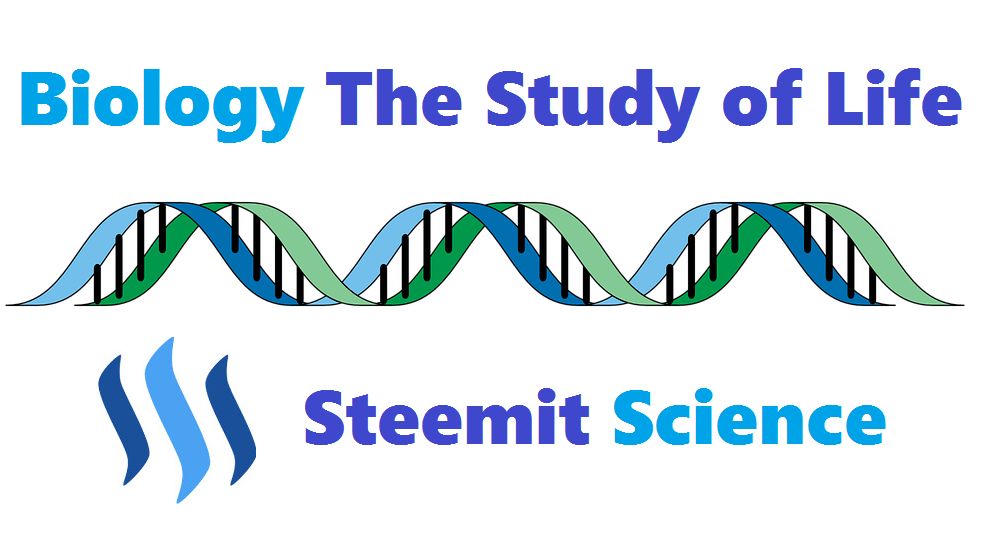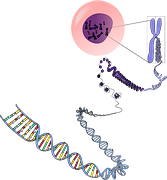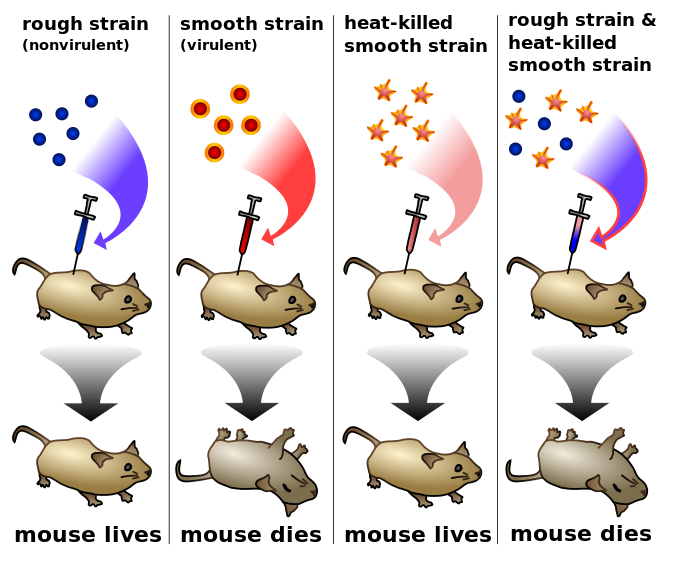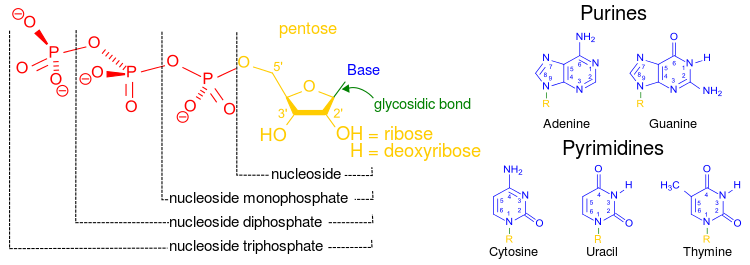
Introduction
This informative series of posts will explore modern biology; the fundamental principles of how living systems work. This material will always be presented at the level of a first-year college biology course, without assuming any prior background in biology or science. It also presents material in a conceptual format. Emphasizing the importance of broad, unifying principles, facts and details in the context of developing an overarching framework. Finally, the series takes a historical approach wherever possible. Explaining how key experiments and observations led to our current state of knowledge and introducing many of the people responsible for creating the modern science of biology.
The previous post established that the most fundamental definition of biological information must involve a replicable code for building proteins.

This post turns to the physical basis of the code itself. We will recount several key experiments conducted during the first half of the 20th century including those of Griffith, Avery and his colleagues, and Hershey and Chase. Their combined experimental evidence eventually led to the conclusion that DNA is the information-carrying molecule, in spite of the fact that this nucleic acid initially seemed to be an unlikely candidate for the job.
What type of molecule acts as the “blueprint” for making proteins, and how is information encoded in it?

Before anyone could understand how the blueprint or code worked, it was necessary to understand what it was made of. The simple answer that “genes” on “chromosomes” somehow transmit information is common knowledge today and was actually known at the beginning of the 20th century. Cell biologists had discovered that the movements of chromosomes corresponded to some patterns of inheritance, suggesting that these structures held the genetic code. This discovery, combined with the work of Gregor Mendel, became known as the chromosomal theory of inheritance.
An experiment in 1928 by Fredrick Griffith, an English physician trying to find a vaccine for Streptococcus pneumoniae (a bacteria that causes pneumonia), provided the first insights into the chemical nature of genetic information.

- Griffith worked with two strains of the bacteria, one virulent (the Smooth strain) and one benign (the Rough strain). Virulence is an inherited trait; thus, this trait, or the lack of it, must be genetically encoded.
- Griffith found that heat-killed S-strain bacteria did not cause immunity in mice. He next injected a mix of dead S-strain and live R-strain bacteria into a mouse. Unexpectedly, this mouse died, and Griffith found living S-strain bacteria in it.
- Griffith concluded correctly that the living bacteria had incorporated something from the dead bacteria that transformed them into live S-strain bacteria.
- Griffith later showed that this could even be done in a beaker. The substance responsible for this transformation must be genetic material, although Griffith’s work could only isolate this “transforming principle” (as he called it), not identify it.
Many scientists at this point assumed that genetic material must be a protein, for several reasons.

Because proteins are the workhorses of the cell, it seemed likely that they would also handle information transfer and storage as well. **Eukaryotic chromosomes contain 5–10 times more protein by weight than DNA. ** The diversity and specificity of proteins also suggested that they were better candidates for genes than nucleic acids, especially since they include up to 20 amino acids, but nucleic acids have only 4 functional units. However, proteins tend to break apart (denature) under heat, which made it unlikely that the “transforming principle” could survive in, for example, heat-killed S-strain bacteria if it were a protein.
Work in the 1940s by Oswald Avery and his colleagues used biochemical techniques to identify the “transforming principle.”

The molecule responsible for the transformation was subjected to selective degradation of the four major classes of biomolecules. For example, the S-strain “transforming principle” made live R-strain bacteria virulent even after carbohydrates, lipids, and proteins were degraded; only when nucleic acids were degraded did transformation no longer occur. Although this work provided strong evidence that DNA was genetic material, most scientists still considered proteins a likely candidate for this role because so little was known about the structure and function of DNA. Some critics also argued that Avery’s techniques made it impossible to prove whether all of a particular class of biomolecules was removed.
An experiment by Alfred Hershey and Martha Chase published in 1952 provided definitive evidence that DNA was the genetic material.

Viruses are non-cellular entities made of DNA with an outer coat of protein. Viruses cannot reproduce on their own; instead, they typically attach themselves to cells and inject material that causes the cells to produce viruses until they explode. Hershey and Chase worked with a bacteriophage (“bacteria-eating virus”) and used radioactive isotopes to label and independently track the movement of proteins and DNA. Hershey and Chase demonstrated conclusively that the material injected into the bacteria cell by the virus was DNA, not protein. They reasoned that the substance injected into the cell must be genetic material if it could take over control of the cell.
Like proteins, DNA is a polymer of monomeric building blocks (nucleotides).
There are only four nucleotides; thymine, guanine, adenine, and cytosine. Each of which has a five-carbon sugar group (pentose), a phosphate group, and one of four different nitrogenous bases.

Nucleotides are referred to by a single letter, indicating the nitrogenous base: A is adenine, G is guanine, C is cytosine, and T is thymine.
Nitrogenous bases fall into one of two groups.

- Pyrimidines have a single 6-element ring of carbon and nitrogen.
Cytosine and thymine are pyrimidines. - Purines have a 6-element ring with a 5-element ring of carbon and nitrogen attached to it.
Adenine and guanine are purines.
The backbone of a DNA molecule is an alternating pattern of sugar and phosphate groups with attached nitrogenous bases.
Because of the way nucleotides bond, DNA is polarized—one end has an available 5 carbon (the 5' end), and the other end has an available 3 carbon (the 3' end). DNA is often referred to as a kind of “blueprint." However, as we have seen there are some significant differences between DNA and a blueprint that might be used, for example, to build a house.
END PART 6
BIOLOGY THE STUDY OF LIFE:
PART 1 INTRODUCTION
PART 2 WHAT IS LIFE
PART 3 ORIGIN OF LIFE
PART 4 CELL TO ORGANISM
PART 5 PROTEINS
PART 6 CODE OF LIFE
PART 7 DOUBLE HELIX

If you enjoy high quality educational content, please consider donating.

 or
or  @pjheinz
@pjheinzImage Credits:
ALL IMAGES UNLESS NOTED - Pixabay
CC0 Public Domain
Free for commercial use
No attribution required
